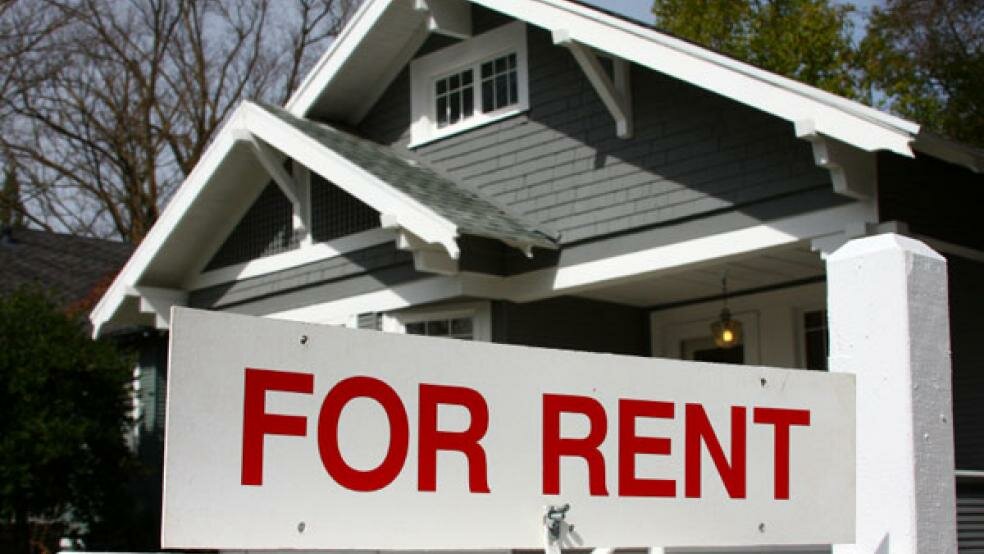Ask Brian is a weekly column by Real Estate Expert Brian Kline. If you have questions on real estate investing, DIY, home buying/selling, or other housing inquiries please email your questions to [email protected].
Question. Heidi from NYC writes: I’m 44 years old and have been dabbling in real estate investing since 2104. Mostly I’ve been a landlord, currently with three rental houses outside the city. The cash flow has been good to me for the past four years and I’m thinking about buying another house or two as the market flattens out. The biggest concern I have about risk is the lack of liquidity that might develop in this market. About 18 months ago, I sold one house and bought another that had better cash flow. The sale went very smoothly. What should I be thinking about regarding liquidity, say for the next 18 months? If I buy more rentals, I’ll have very little cash remaining.

Answer. Hello Heidi. That’s a great and timely topic. It’s also a basic question that too few investors ask themselves. You could probably ask ten investors to explain the difference between liquid assets and illiquid assets and get ten different answers. A reasonable answer is that liquidity has a sliding scale. Cash and gold are at the most liquid end of the spectrum and something like private ownership of a medium sized business is near the other end of by being very difficult to sell. Most real estate is towards the middle of the scale.
Heidi, you asked what you should be thinking about. Some good questions to begin with are:
Risk tolerance. Risk often goes hand in hand with investment liquidity. Our capitalistic system demands that low risk be inverse to rate of return. Cash is the most liquid asset but with inflation, you know that the rate of return will be negative. Most savvy investors only keep substantial cash on hand for emergencies and when looking for new investments. For the past six or seven years, real estate has been a great investment because it had both a high rate of return and was relatively liquid in the seller’s market. As the seller’s market moderates, you can manage new real estate investments based on the old axiom location, location, location. Look for markets offering a decent rate of return that are likely to maintain strong demand from buyers – these typically go hand in hand. You won’t find many bargains here but it does balance risk with rate of return. A complimentary strategy is seeking out properties that you can easily borrow against if you have a cash crunch.
Rate of return. Again, capitalism closely ties rate of return and risk together with liquidity. Wall Street stocks and bonds are considered almost as liquid as cash because there is a huge active market of buyers. Historically, the S&P 500 has a rate of return close to 10%. About the same as what many landlords seek. If it wasn’t for the much higher risk, you could expect to invest in an S&P 500 mutual fund to maintain both liquidity and a similar rate of return. However, stocks and bonds come with much higher risk because of the volatility. A single worldwide headline can send the stock market plummeting. An economic collapse in China is likely to kill your stock market investment but have no effect on the value of a residential rental. Chances are that if you held onto the stocks long enough, you would again realize that 10% rate of return. Which brings us to your time horizon.
Time horizon. Real estate has been an outstanding investment for the past several years during the buyer’s market because it was relatively liquid while some markets appreciated in value at 7% or more each year. And that was before counting the cash that rentals throw off to landlords. A rental (landlord) time line is generally between 5 and 10 years. As we go deeper into this stable real estate market, you can’t expect appreciation to continue at 7%. What is reasonable to expect is for house value appreciation to exceed inflation. At the same time, you will collect positive cash flow from renters. That’s a good stable market. If you ride it out for 5 to 10 years, you could be well positioned for the next buyer’s market when home prices increase two or three times faster than inflation. If you can ride out the time frame, that makes investing in more rentals today a pretty good investment proposition.
Please comment with their thoughts and suggestions about today’s liquidity risks. Our weekly Ask Brian column welcomes questions from readers of all experience levels with residential real estate. Please email your questions or inquiries to [email protected].